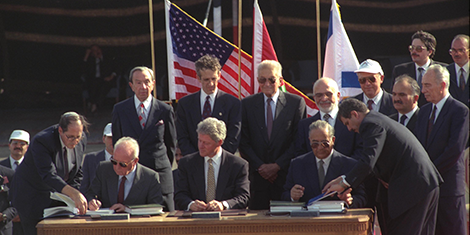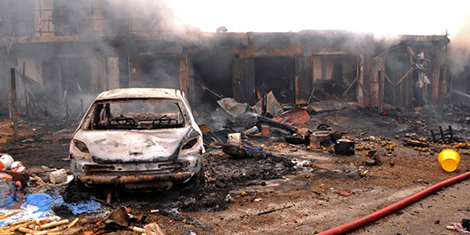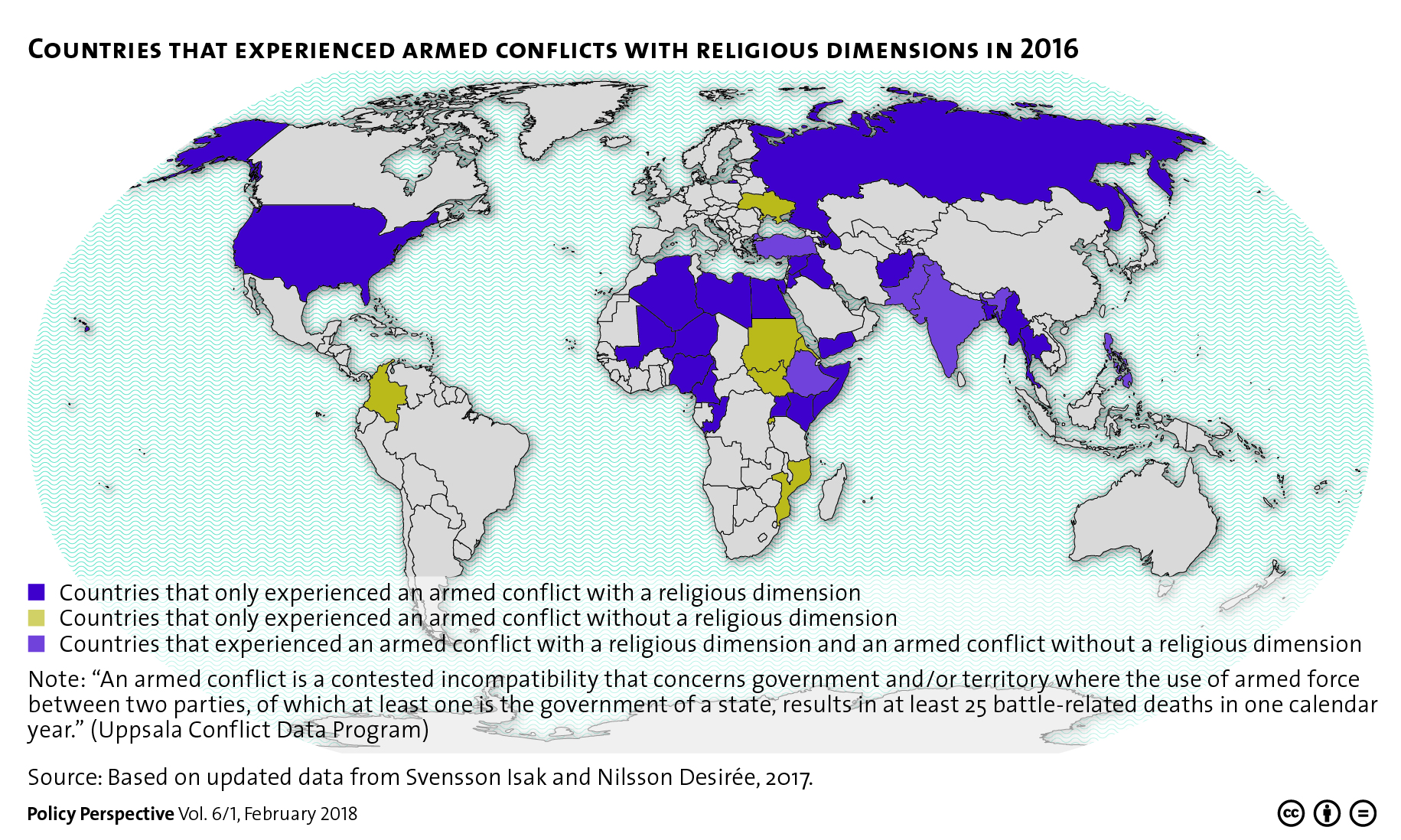
Mediation Perspectives is a periodic blog entry that’s provided by the CSS’ Mediation Support Team and occasional guest authors. Each entry is designed to highlight the utility of mediation approaches in dealing with violent political conflicts. To keep up to date with the Mediation Support Team, you can sign up to their newsletter here.
The waters of international relations and diplomacy for peacebuilding can no longer be effectively navigated without understanding religion and its role in armed conflict. Some foreign ministries like those of Switzerland, Finland and Germany have started training their staff. However, many secular or non-religious diplomats who serve as their foreign ministries’ skippers in the peace processes their countries support are not equipped to deal with religion. This blog offers thoughts on why this is and where diplomats can receive the knowledge and skills they need.







